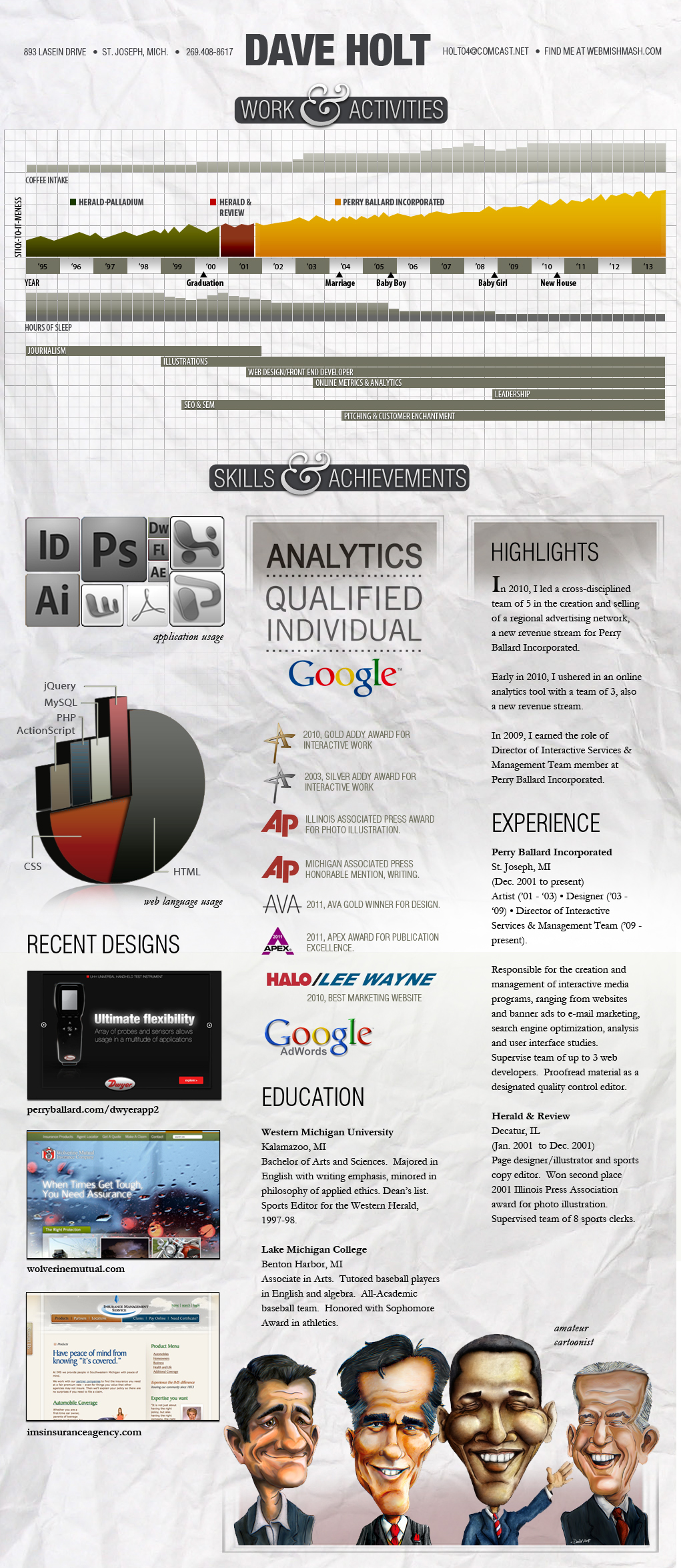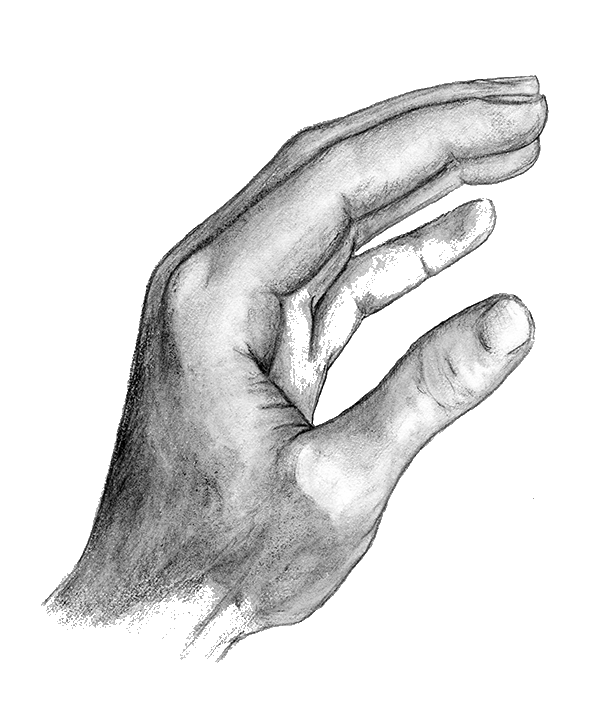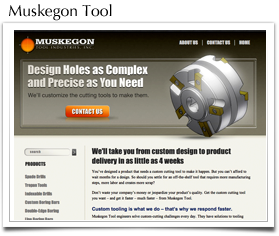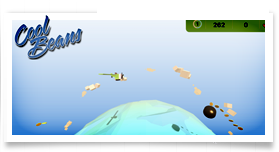GA Certification

Finally crossed this off the to-do list. If you haven't delved into the world of regular expression, you'll probably want to go through Google's primer, found here. Also, you may want to polish up your filter knowledge before you drop the $50 for the test.
UX techniques
- Keep calls to action (CTAs) and other pertinent information above the fold.
- Use email address as username.
- Provide specific and actionable error messages.
- Display passwords as users type them
- Prepare users. LEt them know what to expect from a process


Law of Diffusion of Innovations
Diffusion of innovations is a theory that seeks to explain how, why, and at what rate new ideas and technology spread through cultures. Everett Rogers, a professor of communication studies, popularized the theory in his book Diffusion of Innovations; the book was first published in 1962, and is now in its fifth edition (2003). Rogers argues that diffusion is the process by which an innovation is communicated through certain channels over time among the participants in a social system. The origins of the diffusion of innovations theory are varied and span multiple disciplines.


Measuring kpi's
Below is a running list of Key Performance Indicators:
Brand awareness - How much knowledge of the brand do visitors have before they arrive on the site? This may seem a bit like reading tea leaves, but analytic reports are filled with prior knowledge indicators. In GA, make sure you're using the campaign tracking features and slap a unique URL on everything that goes out. Also, you can use advanced segmentation to segment out brand-centric keywords like company and product names.
Targeting - How much of the traffic actually belongs there? This is something that can easily be overlooked. Besides scrubbing in-house and vendors, analytic reports are typically lathered up with irrelevant traffic.
Dispersion - The quality of information on your site and how much of a value it is to visitors. One thing that's often overlooked in Google Analytics is its ability to track .pdfs or other events that don't generate a page load. Here's a nifty line of code that can be placed on a site's template to automagically catalog .pdf downloads:
Functionality - The ability of each page type to accomplish its role. Landing pages, routers, informers, closers, etc. all have different functions. I recommend setting up specific KPIs based on page functions. These granular KPIs come in handy in spotting and fixing problems as pages are judged – not by overall site stats – but pages crafted to do the same thing. By comparing and contrasting a woeful page to a productive one, you gain better insight on what needs to be done.
Customer Support - The number of customers that use and re-use your online tools for tracking, support or other questions. Someone once told me the best way to get new customers is to service the heck out of your existing ones. This KPI helps you chart and measure that effort online.
Closer Performance - The number of people who hit a closing page compared to how many people fill it out. Since a closer is the last stage in a conversion funnel, it is especially painful when a visitor makes it there, but doesn’t convert. As a marketer, this is the low-hanging fruit, but – ironincally – oft times overlooked.
Big Mac Secret Sauce
- 1/4 cup Miracle Whip
- 1/4 cup mayonnaise
- 2 tablespoons french salad dressing
- 1/2 tablespoon sweet relish
- 2 teaspooons dill pickle relish
- 1 teaspoon sugar
- 1 teaspoon dried, minced onion
- 1 teaspoon white vinegar
- 1 teaspoon ketchup
- 1/8 teaspoon salt
- Sour cream


Perry Ballard Incorporated Design

Metrics

Metrics, you say ... Isn't that like using centimeters instead of an inches?
Metrics is a system of rules that describe how you'll assess, measure, and compare your site's performance using analytics. It allows you the ability to look at concrete data and talk scientifically about the problems and successes on an aggregate level.
More importantly, though, metrics is a management tool that helps guide a team though a project. From design and concept to production and analysis, metrics is the taskmaster that keeps everybody's mind on the key concepts and goals.
One of the most influential ideas I found is this piece by Semphonic.

Caricater from long ago













Introducing ...

Rainmaker is a free business-to-business lead generation tool that uses Google Analytics and a B2B database to provide users with a prospect list, replete with viewing behavior and contact information. It's a project that I've been working on with the crack staff at Perry Ballard Incorporated for months.
Years ago, in a galaxy far, far away, we'd dig into client's analytics and do some manual work in determining what companies visited the site but maybe had not converted. Sales people loved it so much that we groomed it into a standard report. This latest tool does away with all the manual work by scrubbing the Network Provider report in GA for you, as well as grabbing all the pertinent viewing behavior for the company. The viewing behavior is then graded by a sincerity criterion, a closely-guarded formula that shows users which prospects are the best.

The Secret

I call this the Swiss effect ... we've all seen it in one way or another. I'll stop short of calling it the root of evil, but I will say that it is disturbingly pervasive in communciations. Adding to its venom is that fact that I find myself doing it from time to time (OK, you got me ... daily.)
The Swiss effect is what happens when you bring out everything in your arsenal and substitute comprehensiveness for effectiveness. In web development, that correlates to bringing out all your case studies, products, benefits, testimonials and company history like a military parade with the intention of impressing the heck out of the user. This is like bringing out all the tools on a Swiss Army knife and then trying to use the flathead screwdriver; In eagerness to showoff how many things you can do with the knife, you realize that you can't really use any of the tools effectively unless you use them one at a time.
Glazing with colored pencil


Fat Finger Syndrome
MIT Touch Lab study showed that the part of the finger used for touching screens is 8 - 10mm, therefore the minimum target size needs to be 10mm or larger if you want to avoid users making fat finger mistakes. As mentioned before — I am all about big buttons.
Mac Manuevers
- Manually restart: Power (⎋)
- Boot from CD/DVD: C Startup Manager: Option (⌥) Single-User Mode: Command (⌘)—S
- Target Disk Mode: T
- Verbose Mode: Command (⌘)—V
- Safe Mode: Shift (⇧) Recovery OS: Command (⌘)—R Internet Recovery OS: Command (⌘)—Option (⌥)—R
Linking Tips
- Topically relevant
- One way (not reciprocated)
- Not in footer and not site-wide
- Earned by merit, rather than bought, bartered or stolen
- Not crowded with many other links on the page
- On a high PageRank-endowed, high Alexa-ranked, .edu/.gov/.mil authority site
- Have descriptive anchor text but not the same descriptive anchor text
- Appear to be passively obtained/organic
- Are not all found on the same IP block
- Are not all found on the same top level domain (.com, .org, .edu, etc)
Comic book cover

Link Baiting
- Offer a niche-specific blogroll, tool, How-To, or compilation of news stories
- Expose a story as flawed or a fraud
- Be a contrarian about a story, product, or prominent blogger's opinion
- Be humorous. Good topics include a bizzare pic of your subject, "10 things I hate about...", and "You know you're a when..."
- Publish or commission some original research
- Creative-Commons-license photos you made of an event you're blogging about
- Make available for free a theme, plugin or piece of software
- Start a meme that others can replicate and that links back to you (e.g. buttons/stickers/tools for bloggers/webmasters to post on their sites, contests, quizzes, surveys, etc.)
Online diagnostics
Popuri.us - gives overall seo health
Compete.com - estimates and compares traffic for up to 3 sites
Web site grader - gives overall seo health
MX records - see where mail is going
Whois lookup - see who owns a domain, where it's hosted.
Similar page checker - see if someone's copied your content on the internet
What's that site built with? - this looks at a URL and tells you what is used on the backend
Rule of Thirds
The rule states that an image can be divided into nine equal parts by two equally-spaced horizontal lines and two equally-spaced vertical lines.
The four points formed by the intersections of these lines can be used to align features. Proponents of this technique claim that aligning a photograph with these points creates more tension, energy and interest in the photo than simply centering the feature would.
The Gestalt Principle
Gestalt is a German word meaning "essence or shape of an entity's complete form", and this single definition may be one of the most important rules of design.
More often than not, designers tend to focus on the web design's' details rather than the overall look. They focus on curved edges, shadows, fonts…etc. all that is good but may not really make any difference if the client doesn't like the design at first glance, what most people don't understand is that the brain first sees the overall shape of any design, then starts to focus on and see the details.

The Principle of least effort
The principle of least effort is a broad theory that covers diverse fields from evolutionary biology to webpage design. It postulates that animals, people, even well designed machines will naturally choose the path of least resistance or "effort".
Glazing with colored pencil

Glazing with colored pencil

80/20 Rule
The Pareto principle (also known as the law of the vital few and the principle of factor sparsity) states that 80% of the effects comes from 20% of the causes.
This is the basic rule of thumb in business ("80% of your sales comes from 20% of your clients"), but can also be applied to design and usability. For instance, dramatic improvements can often be achieved by identifying the 20% of users, customers, activities, products or processes that account for the 80% of contribution to profit and maximizing the attention applied to them.
3-click Rule
According to this rule users stop using the site if they aren't able to find the information or access the site feature within 3 mouse clicks.
In other words, the rule emphasizes the importance of clear navigation, logical structure and easy-to-follow site hierarchy. In most situations the number of clicks is irrelevant; what is really important is that visitors always know where they are, where they were and where they can go next. Even 10 clicks are OK if users feel that they have a full understanding of how the system works.
Inverted Pyramid
The inverted pyramid is a writing style where the piece goes from general to specific. The article begins with a conclusion, followed by key points and finally the minor details such as background information. Since web users want instant gratification, the inverted pyramid style, as supported by Nielsen, is important for web writing and for better user experience.
The Golden Ratio
1.618033988749895 ? 1.61 - In mathematics and the arts, two quantities are in the golden ratio if the ratio between the sum of those quantities and the larger one is the same as the ratio between the larger one and the smaller.
At least since the Renaissance, many artists and architects have proportioned their works to approximate the golden ratio—especially in the form of the golden rectangle.
The Cicada Principle
Depending on the species, every 7, 13, or 17 years periodical cicadas simultaneously emerge en masse, transform into noisy, flying creatures, find a mate, and die not long after. Since these are prime numbers, the years in which they emerge vitually ensure a nice overlap with other insect's life cycles (when these insects are emerging, so – to- are the cicadas.
This principle can be used to generate randomness in web graphics, particularly background images. For example, using semi-transparent PNGs of 29px, 37px, and 53px and setting them up as multiple backgrounds on the HTML element of a test page. The background won't repeat for over 56,000 pxels.
Occam's Razor
This is often paraphrased as "All other things being equal, the simplest solution is the best." In other words, when multiple competing theories are equal in other respects, the principle recommends selecting the theory that introduces the fewest assumptions and postulates the fewest entities.
Maslow's Hierarchy

Maslow's hierarchy of needs is a theory in psychology, proposed by Abraham Maslow in his 1943 paper A Theory of Human Motivation.
Like so many other insightful descriptions of the human condition, his theory fits quite comfortably within the methodologies of experience design. Typically represented as a pyramid, the theory stipulates that the grasping of a need can only be adequately made when the lower-level needs have already been met successfully.
Moore's law
This law describes a long-term trend in the history of computing hardware, in which the number of transistors that can be placed inexpensively on an integrated circuit has doubled approximately every two years.
If you find it hard to keep up with technology, this is why.











